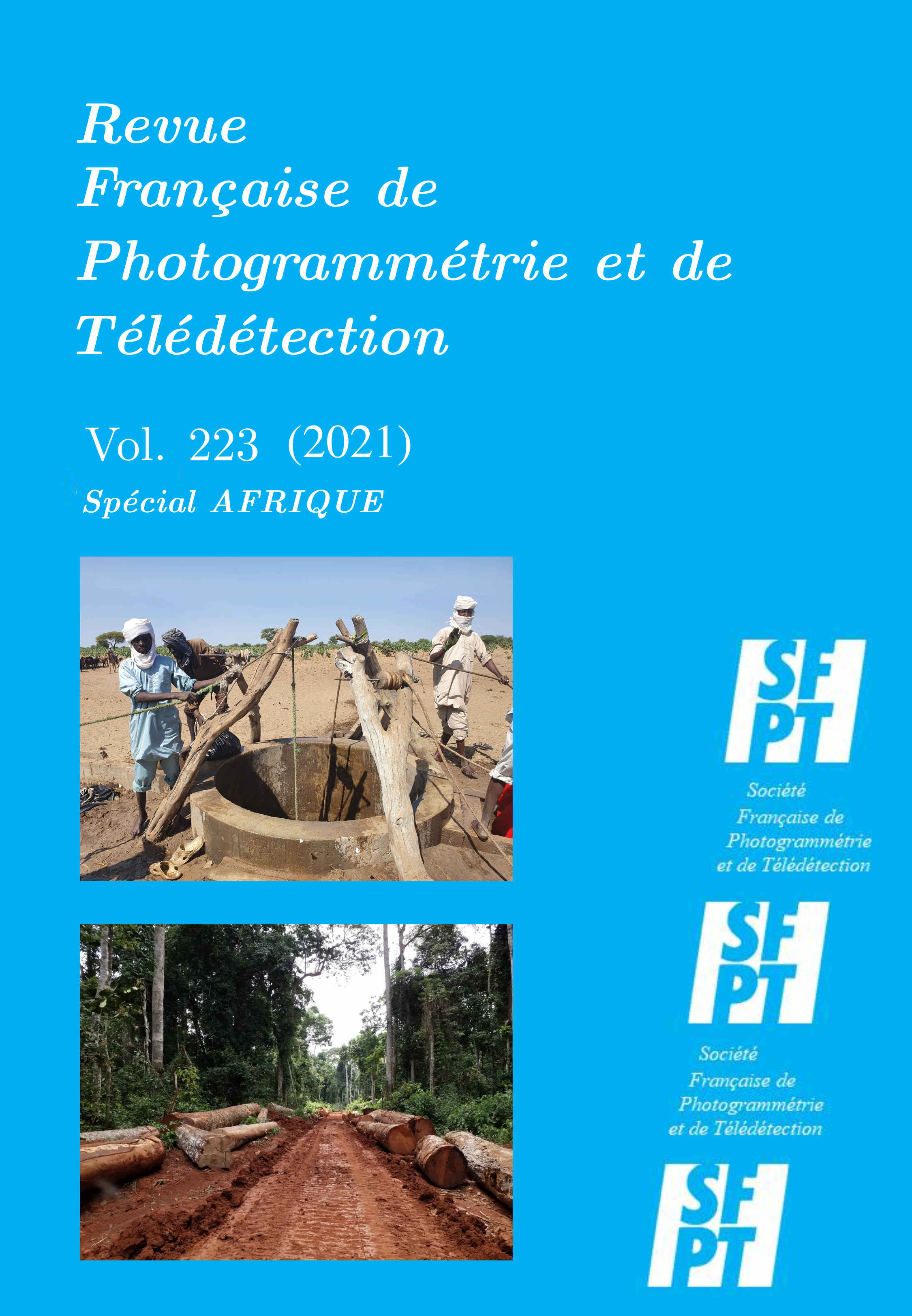MONITORING AND QUANTIFYING UNCONTROLLED URBANISATION: AN APPROACH BASED ON A MULTITEMPORAL ANALYSIS OF LANDSAT SATELLITE IMAGES. THE CASE OF THE TOWN OF BOU-SAÂDA (ALGERIA)
DOI:
https://doi.org/10.52638/rfpt.2021.595Keywords:
Uncontrolled urbanisation, change detection, satellite images, GIS, cartography, palm grovesAbstract
Uncontrolled urbanisation is currently seen as one of the major challenges facing Algerian cities given the negative effects on the environment and the problems caused by this uncontrolled modality of spatial growth. Faced with excessive development of built-up areas, agricultural and natural areas are in a perilous situation. Implementing sustainable urban development requires effective knowledge of the state of land use and land cover. With the current technical and administrative procedures for urban planning, local officials do not have effective tools that allow them a continuous spatial data update to better manage the rapid sprawl of urbanised areas. Regularly monitoring the evolution of urban sprawl requires the use of remote sensing and geographic information system (GIS) tools. The present study aims to highlight the spatial growth process characterising the town of Bou-Saada (Algeria) from 1984 to 2020. The methodological approach is based on a multitemporal analysis of Landsat satellite images and the application of a land use and land cover change detection technique to map and quantify different urbanisation patterns. The results of the post-classification comparison of satellite images for the years 1984, 1996, 2008 and 2020 revealed two distinctly opposed spatiotemporal trends: a significant spatial growth of built-up areas and the progressive loss of palm groves. In the same period, urban patches made an estimated surface gain of over 470 ha, while palm groves lost nearly 47 ha. The diachronic reading of the obtained maps made it possible to distinguish three forms of spatial growth: continuous expansions with the existing urban fabric characterising the first period (1984–1996), a shift from a continuous mode to a fragmented mode after emergence of the new town and spontaneous peripheral neighbourhoods during the second period (1996–2008) and a densification mode of new urban areas dominating the last period (2008–2020). The land use and land cover change cartography allowed for the identification of agricultural areas that had been converted into built-up areas, as well as the highlighting of the negative impact of uncontrolled urbanisation on palm groves. Quantifying these spatial transformations demonstrated that nearly 40% of palm groves had either been converted into built-up areas or reduced to bare soil. Monitoring the land use classes’ evolution also revealed a variation in spatial evolution rates. These evolution rates were more accelerated during the last period (2008–2020), both for urbanised areas in an increasing direction and for palm groves in a decreasing direction. This study thus illustrates the importance of remote sensing and GIS tools for monitoring and understanding the growth of cities and their accompanying spatial transformations
Downloads
Downloads
Published
How to Cite
Issue
Section
Categories
License
Copyright (c) 2021 Assoule DECHAICHA, Djamel ALKAMA

This work is licensed under a Creative Commons Attribution 4.0 International License.






